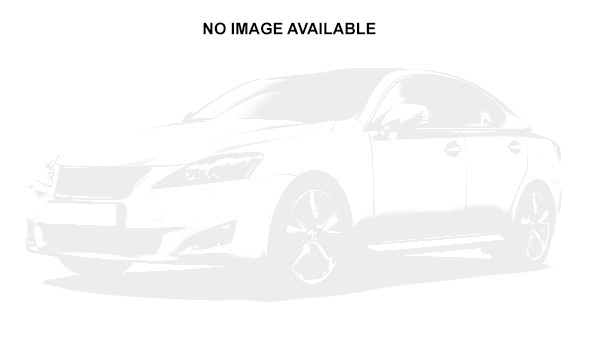Review: 2006 Infiniti FX45 Trim
The 2006 Infiniti FX45 has 1 trim. Below you will be able to review this trim in detail.
1 trim available









No content available


This vehicle has not yet been reviewed